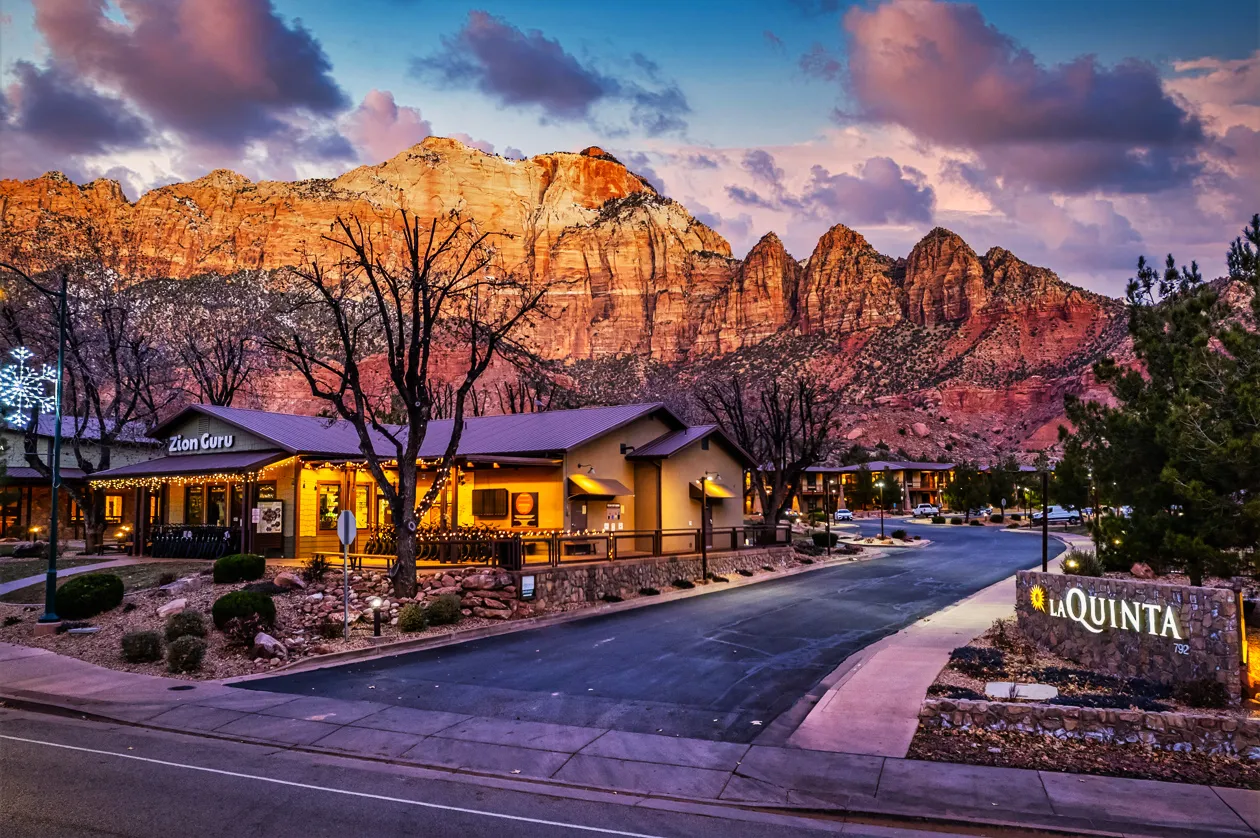If you're wondering where is Zion National Park, you're not alone, this natural wonder in southern Utah captivates millions each year. At The National Park Shops, we believe that planning your journey begins with trusted guidance, expert insights, and an understanding of what makes Zion truly special. In this travel guide, you'll not only find out exactly where is Zion National Park, but also gain helpful, experience-backed tips on how to explore it safely and meaningfully. From its iconic red cliffs to its diverse hiking terrain, this guide reflects our commitment to reliable information and a passion for America’s public lands.
Where is Zion National Park?
Zion National Park is located in the southwestern United States, specifically in the state of Utah. More precisely, when people ask "where is Zion National Park," it lies near the town of Springdale in Washington County. The park sits on the edge of the Colorado Plateau and the Mojave Desert, offering an extraordinary blend of ecosystems and landscapes. When you search "where is Zion National Park," you're pinpointing one of the most breathtaking locations in the American Southwest. Its central location makes it accessible from several major cities, including Las Vegas and Salt Lake City.
Understanding where is Zion National Park geographically helps you appreciate its incredible diversity of terrain. With towering sandstone cliffs, narrow slot canyons, and lush riverbanks, Zion’s natural features are shaped by its unique location. When planning your visit, knowing where is Zion National Park can help you better prepare for the conditions and routes. Situated at the confluence of different geographic zones, Zion offers a wide range of flora, fauna, and weather. So, where is Zion National Park? Right where nature meets awe-inspiring beauty.
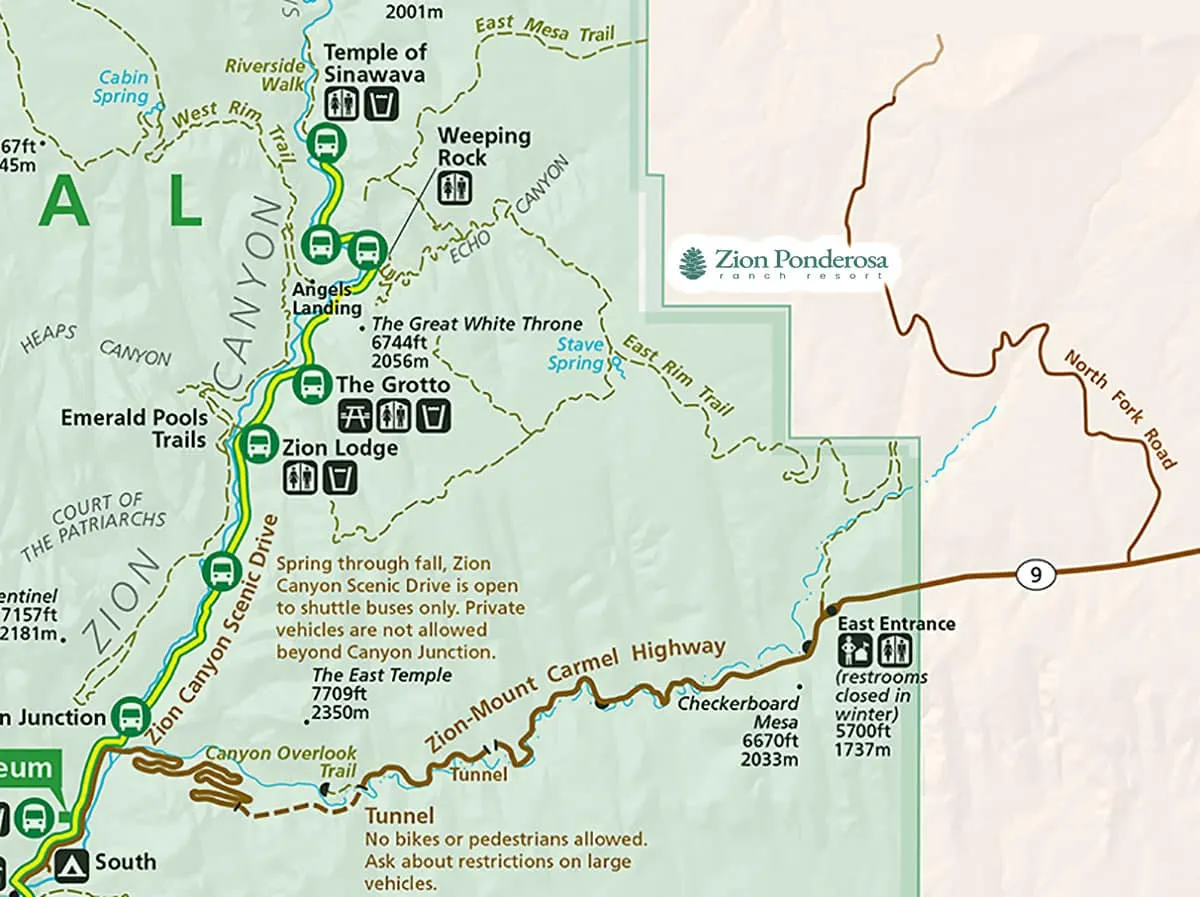
How big is Zion National Park?
Once you understand where is Zion National Park, it's time to grasp its size and scale. The park spans over 229 square miles, or roughly 146,597 acres. This vast expanse of protected land includes some of the most iconic scenery in the American West. Visitors wondering where is Zion National Park are often surprised by how much land it covers, from towering canyon walls to high plateaus. The park's large size means there is something for every type of traveler, from casual sightseers to hardcore adventurers.
The main area where most visitors go is Zion Canyon, which stretches 15 miles long and is up to half a mile deep. However, those curious about where is Zion National Park will find that it also includes Kolob Canyons and Kolob Terrace, lesser-known but equally stunning regions. Hiking trails span different altitudes, offering various levels of difficulty and scenery. When asking where is Zion National Park, it’s helpful to know that its size allows for solitude even during peak seasons. The park's massive scale gives it room to breathe, even when crowds gather.
Directions to Zion National Park
Knowing where is Zion National Park is the first step; getting there is the next. The closest major airport is in Las Vegas, Nevada, about 170 miles southwest of the park. From Las Vegas, you can drive northeast via I-15 and UT-9, a journey that takes approximately 2.5 to 3 hours. When asking "where is Zion National Park," many people also consider flying into Salt Lake City, which is roughly 300 miles north and about a 5-hour drive. Both routes offer scenic views and smooth highway access.
Once you know where is Zion National Park, you'll find that Springdale is the nearest gateway town, offering accommodations, restaurants, and shuttle services. If you're driving from Arizona, you can access the park via the east entrance through Kanab. Those driving RVs or towing trailers should note the Zion-Mount Carmel Tunnel has restrictions. Understanding where is Zion National Park and how to get there makes planning your adventure much easier. Clear signage and maintained roads help ensure your trip starts off on the right foot.
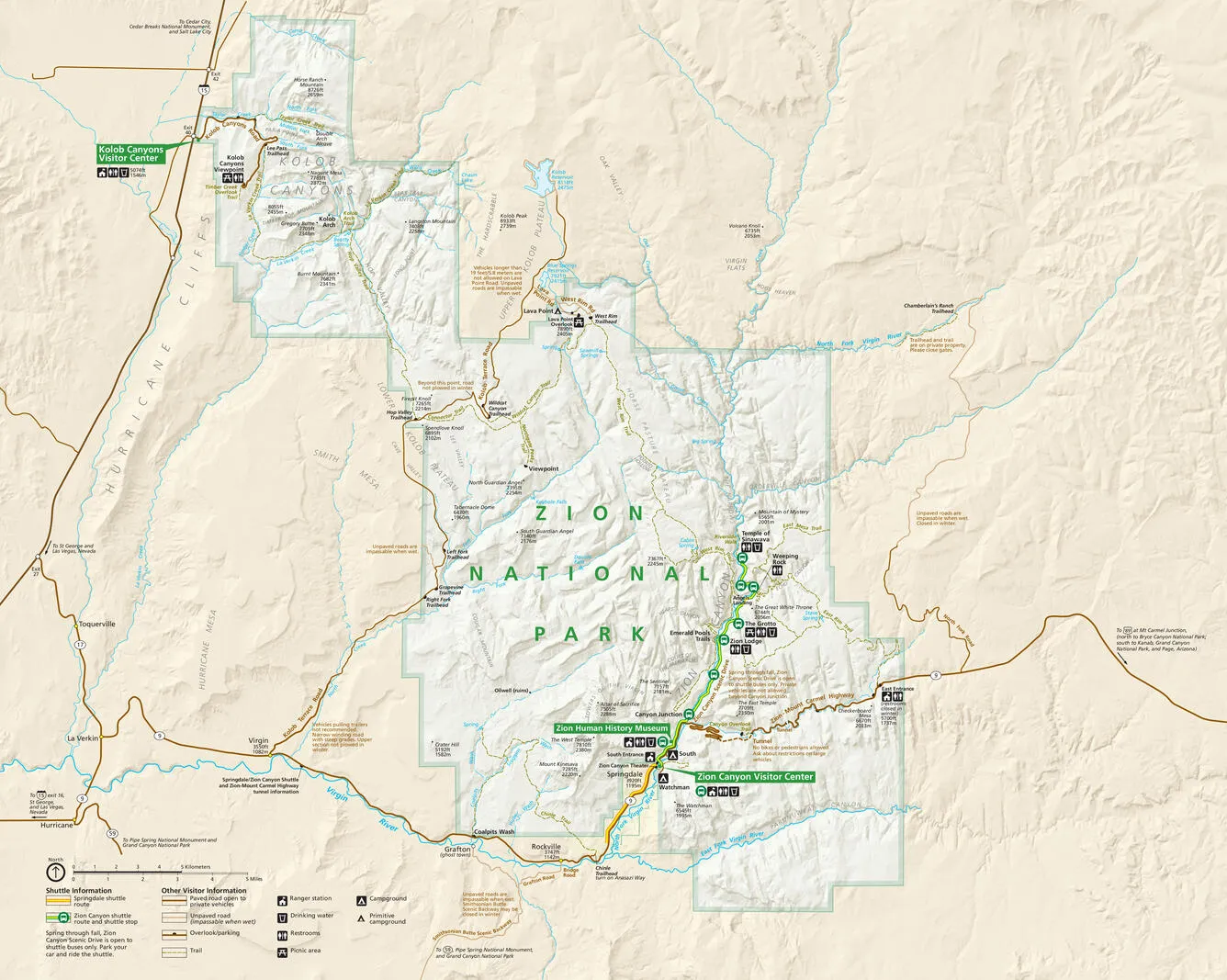
What does the location of Zion National Park offer?
When you discover where is Zion National Park, you’re stepping into a region filled with rich natural wonders and deep cultural heritage. The park is uniquely positioned at the crossroads of the Colorado Plateau, Great Basin, and Mojave Desert. This results in a striking combination of red rock canyons, high plateaus, and fertile river valleys. When people ask "where is Zion National Park," they’re also asking where to find a place that blends geologic history with unmatched scenic beauty.
Thanks to this remarkable location, Zion offers a diverse and dynamic environment that appeals to a wide range of outdoor enthusiasts. Here’s what you’ll find depending on where you venture:
-
Towering sandstone cliffs ideal for climbing and photography.
-
Serene riverbanks along the Virgin River for peaceful nature walks.
-
Slot canyons like The Narrows for adventurous hikers seeking a challenge.
-
Elevated forest zones that showcase cooler temperatures and unique flora.
Because of where is Zion National Park located, the park is home to over 1,000 plant species and nearly 300 bird species. This makes it a paradise not just for hikers, but for naturalists, birdwatchers, and photographers as well. Its proximity to world-famous sites like Bryce Canyon, the Grand Canyon, and Lake Powell also makes it a central point in any Southwest U.S. travel itinerary. Knowing where is Zion National Park positions you to enjoy an ever-changing landscape that offers something new each season and every visit.
When should I go to Zion National Park?
Once you've figured out where is Zion National Park, planning the right time to visit is key to your experience. Spring (March to May) and fall (September to November) are considered the best seasons for mild temperatures and fewer crowds. During these months, the weather in Zion is ideal for hiking and photography. When you understand where is Zion National Park, you'll see that its desert setting means summers can be extremely hot, with temperatures often exceeding 100°F. If you choose to go in summer, start hikes early to avoid the midday heat.
Winter can be magical too, especially if you enjoy solitude and don't mind cold temperatures. Some trails may close due to snow or ice, but the snow-capped cliffs create a stunning contrast with the red rock. The shuttle system typically runs from March through late November, so plan accordingly. When researching where is Zion National Park, always consider seasonal weather, trail accessibility, and park services. Each season offers a unique way to experience Zion's beauty.
How much time should I spend at Zion National Park?
After finding out where is Zion National Park, the next question is how much time you need to fully enjoy it. A minimum of two full days is recommended to explore Zion Canyon and experience a few of its top trails. If you want to hike longer trails like Observation Point or The Narrows, consider staying three to four days. Understanding where is Zion National Park helps in deciding how much ground you can cover in your time frame. More days allow for a more relaxed and immersive experience.
Many visitors stay in nearby Springdale and use the park’s shuttle system to access trailheads and scenic viewpoints. Knowing where is Zion National Park also means knowing there are lesser-known areas like Kolob Canyons, which can be explored on an extra day. Whether you're a weekend warrior or planning a full vacation, your itinerary depends on how much of the park you want to see. Each corner offers something new, so the more time, the better. Plan wisely to make the most of your visit.
>> Read More: Best Time to Visit Zion National Park: Month-by-Month Guide
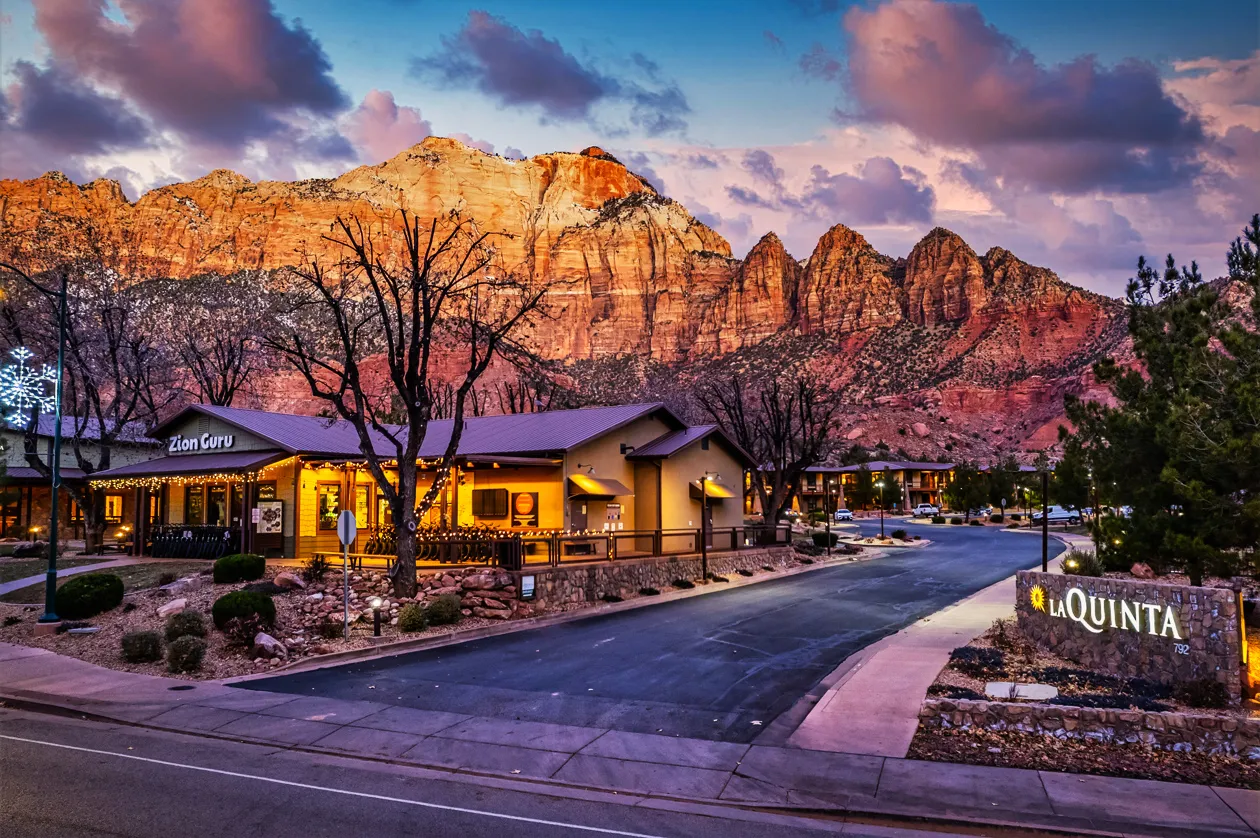
Is it easy to get to and around Zion National Park?
Understanding where is Zion National Park also means recognizing how impressively accessible and thoughtfully managed it is for travelers of all types. As someone who's visited the park multiple times from different entry points, I can confidently say that Zion is one of the most visitor-friendly national parks in the U.S. Well-maintained highways from cities like Las Vegas, Salt Lake City, and Phoenix make getting there straightforward. Once you're close, the town of Springdale seamlessly connects visitors to the park via shuttle, with signage and visitor services that remove much of the guesswork from the experience.
From a practical standpoint, Springdale is more than just a pass-through town, it’s a hub for well-prepared hikers and families alike. Based on personal experience and conversations with seasoned hikers and local business owners, here are some essentials you can expect:
-
Reliable shuttle access to and from the park during peak seasons.
-
A wide range of accommodations, from boutique hotels to budget-friendly motels.
-
Dining options that cater to both quick stops and sit-down meals after long hikes.
-
Outdoor outfitters, like The National Park Shops, where you can pick up forgotten gear or get expert tips from those who know the terrain well.
Within the park itself, vehicle restrictions in Zion Canyon during shuttle season help preserve the tranquility of the landscape, something you'll immediately appreciate as you hear the wind rustle through the canyon walls without the hum of traffic. Accessibility is also worth noting: there are paved paths like the Riverside Walk that are wheelchair-friendly, as well as modified shuttles and facilities designed with inclusivity in mind.
For anyone asking where is Zion National Park and how easy it is to explore, my experience has shown that the park sets a high standard. Whether you’re a first-timer or a returning explorer, everything from the road signs to ranger stations reflects thoughtful planning and genuine hospitality. Zion doesn’t just invite you in, it equips you to experience it fully.
Top hikes in Zion National Park
Once you know where is Zion National Park, you'll want to explore its top hiking destinations. From easy walks to challenging climbs, Zion has something for every fitness level and interest. Below are four standout trails that showcase the park’s diverse terrain and beauty. When planning your route, consider where is Zion National Park located to assess trail difficulty based on elevation and climate. Each trail offers a different perspective of the park’s grandeur.
Emerald Pools and Weeping Rock
These are two of the most accessible and scenic trails in Zion. Emerald Pools features lower, middle, and upper pool areas with lush vegetation and small waterfalls. Weeping Rock is a short, steep hike leading to a dripping sandstone alcove. Knowing where is Zion National Park makes it easier to time these hikes for the best lighting and conditions. Both trails are family-friendly and ideal for quick nature escapes.

Observation Point
One of the best panoramic views in the park can be seen from Observation Point. The trail is long and strenuous, gaining over 2,000 feet in elevation, but the reward is unmatched. From the top, you get a bird’s-eye view of Angels Landing and the main canyon. When asking where is Zion National Park, you’re also asking where to find its most breathtaking vistas. This trail is for seasoned hikers ready for a serious challenge.
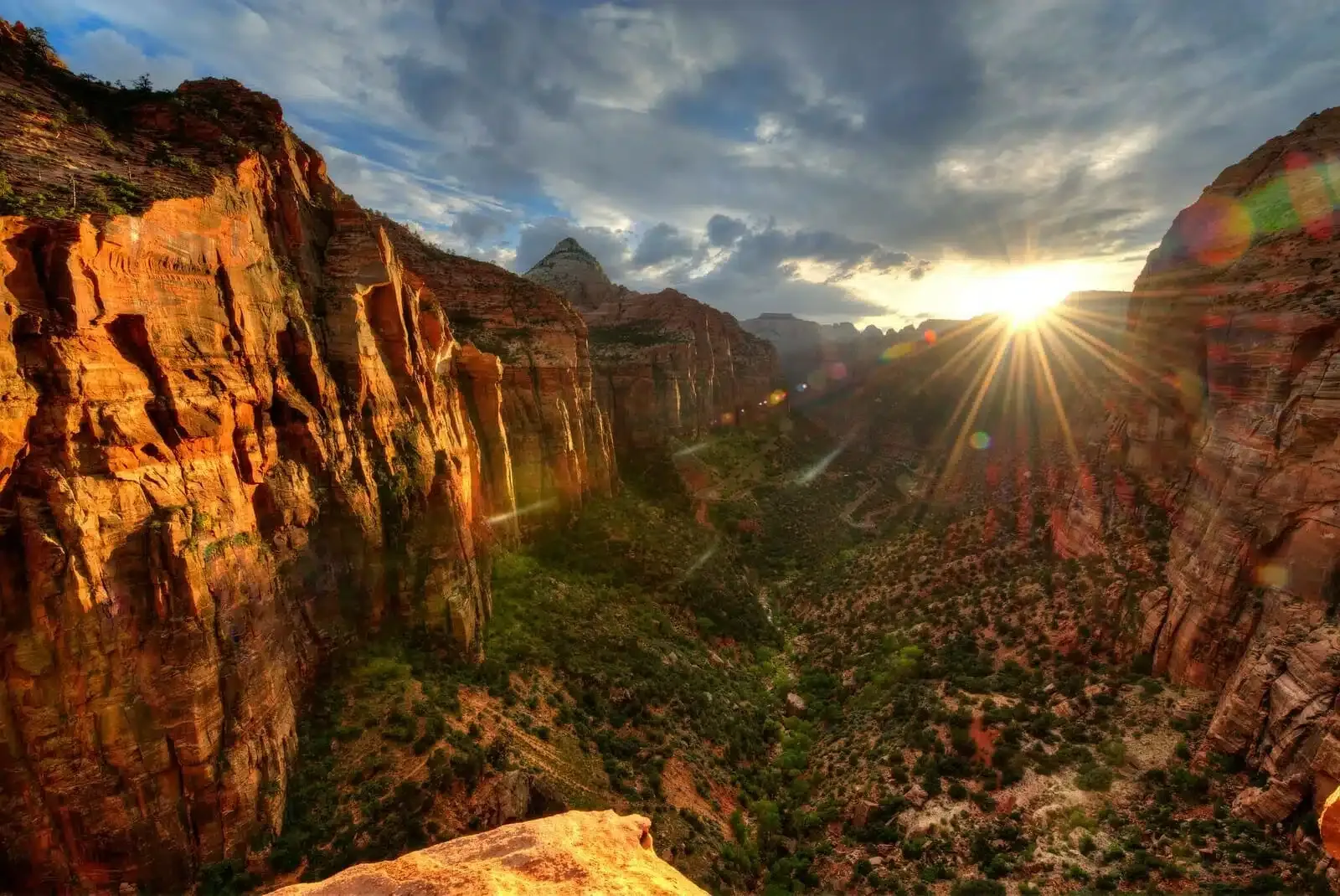
Cable Mountain
Cable Mountain is lesser-known but offers solitude and spectacular views. The trail is moderately difficult and can be accessed from the East Mesa Trailhead. Hikers are rewarded with views of Zion Canyon from a higher, quieter vantage point. Learning where is Zion National Park opens the door to hidden gems like this. It’s perfect for those seeking a more peaceful adventure away from the crowds.
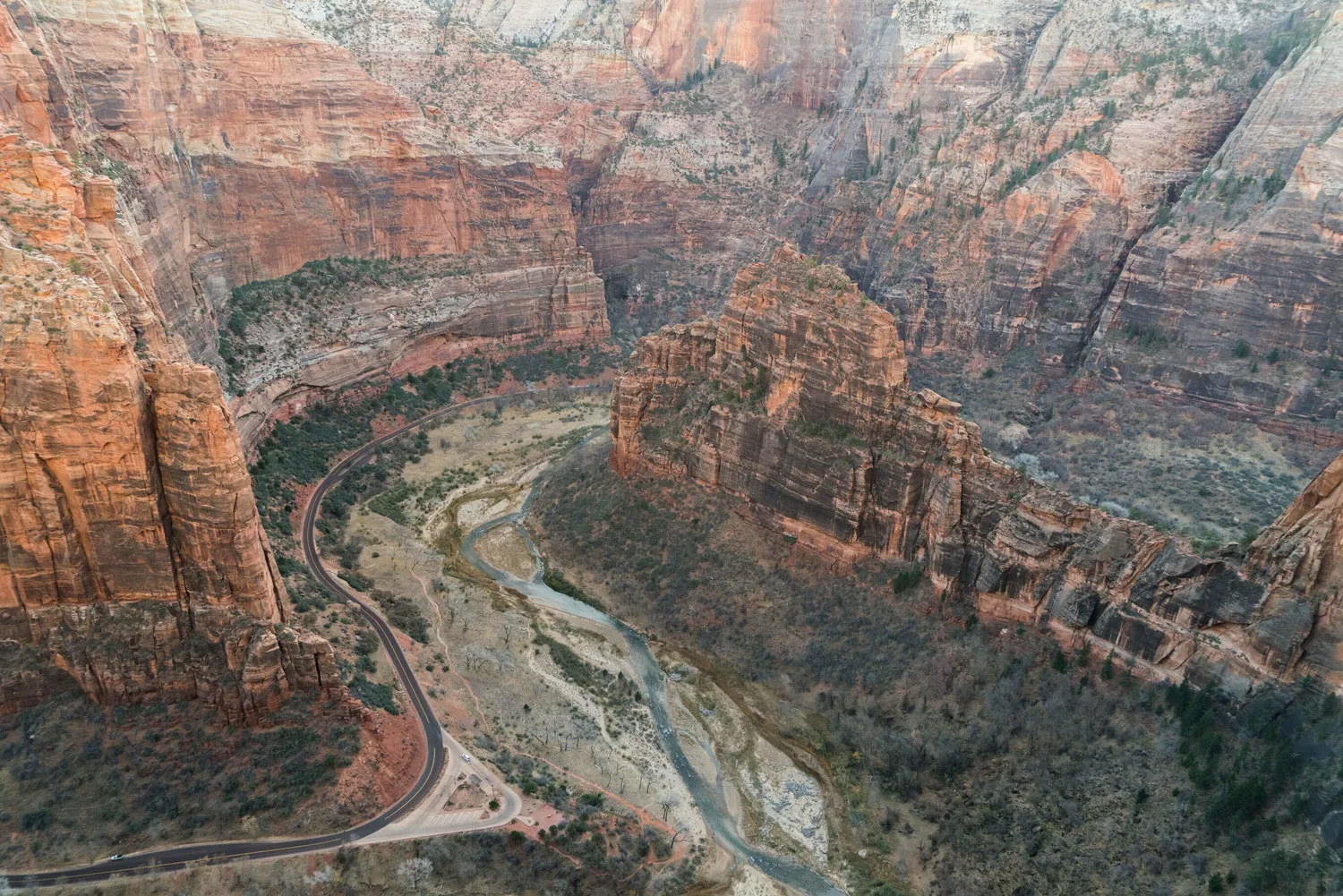
Kolob Canyons
Located in the northwest section of the park, Kolob Canyons offers a different experience from Zion Canyon. With fewer visitors and crimson cliffs, it provides a quiet escape into nature. Popular trails include Taylor Creek and Timber Creek Overlook. Understanding where is Zion National Park helps you include Kolob Canyons in your travel plan. This area showcases Zion’s diverse landscape on a more intimate scale.
>> Read More: Zion National Park Entrances: Directions to Each Access Point
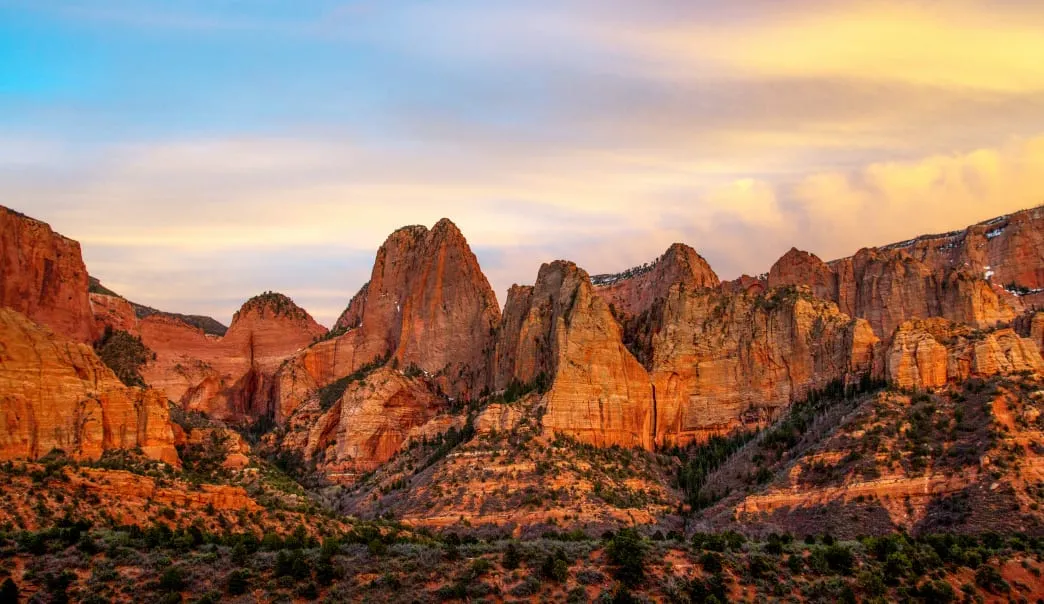
Conclusion
Knowing where is Zion National Park is the starting point for planning an unforgettable adventure in one of America’s most iconic landscapes. From its accessible location near major cities to its massive size and diverse hiking options, Zion has something for every type of traveler. Understanding where is Zion National Park helps you make the most of your time, gear, and itinerary. Whether you're coming for a weekend hike or a week-long journey, preparation is key.
The beauty of Zion lies not just in its towering cliffs and narrow canyons but in the ease with which you can explore them. By understanding where is Zion National Park, you’re better equipped to navigate, enjoy, and respect this natural treasure. Let this guide be your companion as you prepare for your trip, and let The National Park Shops provide the gear and expertise you need to make it truly memorable. Where is Zion National Park? Right where your next great adventure begins.
>> Read More:

